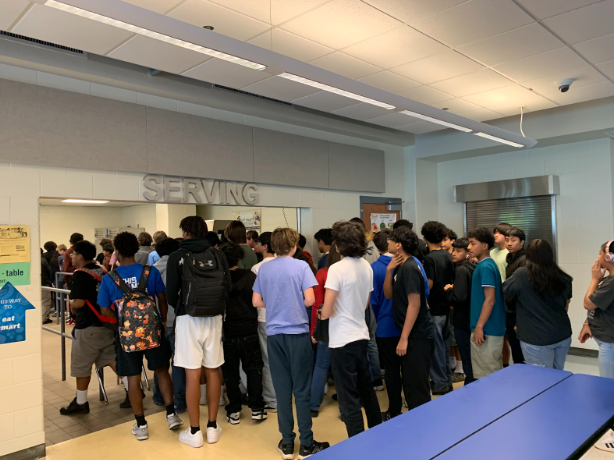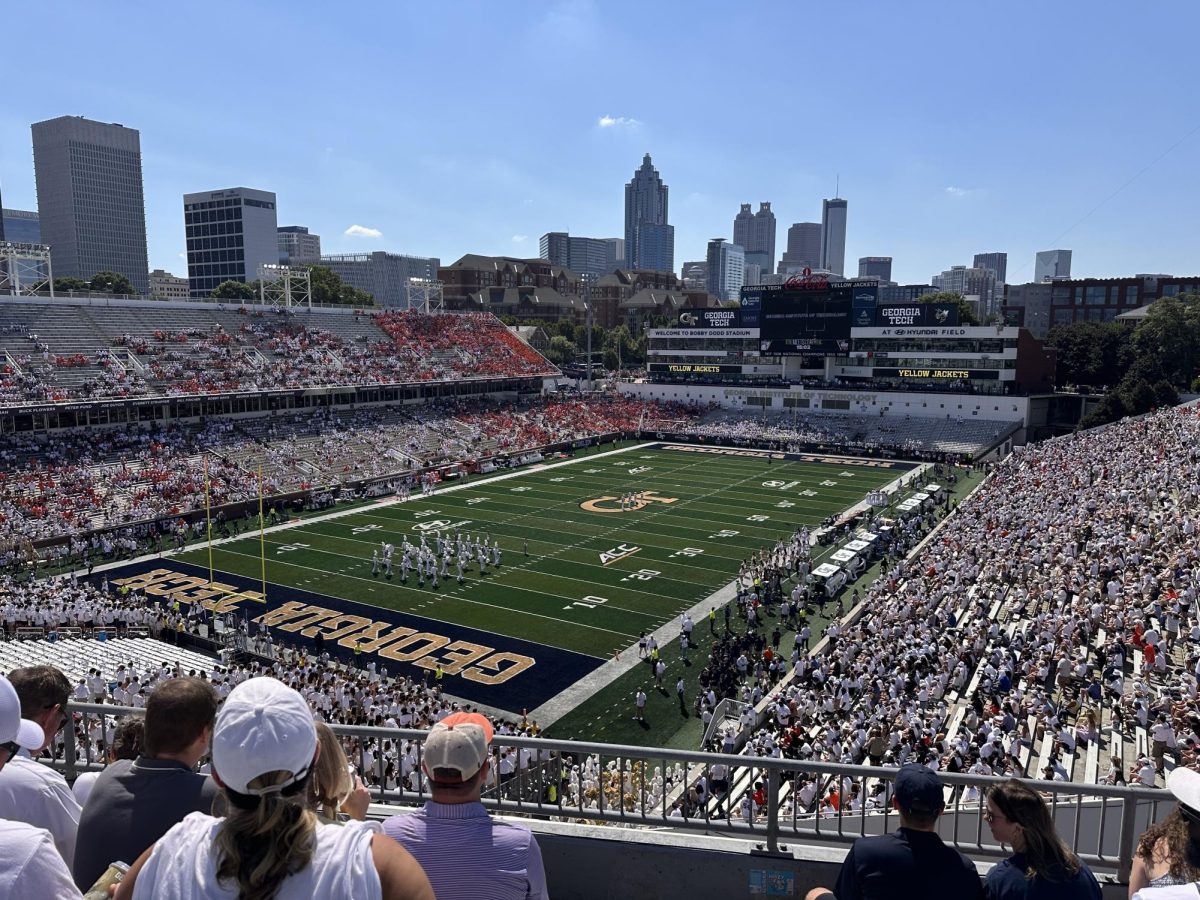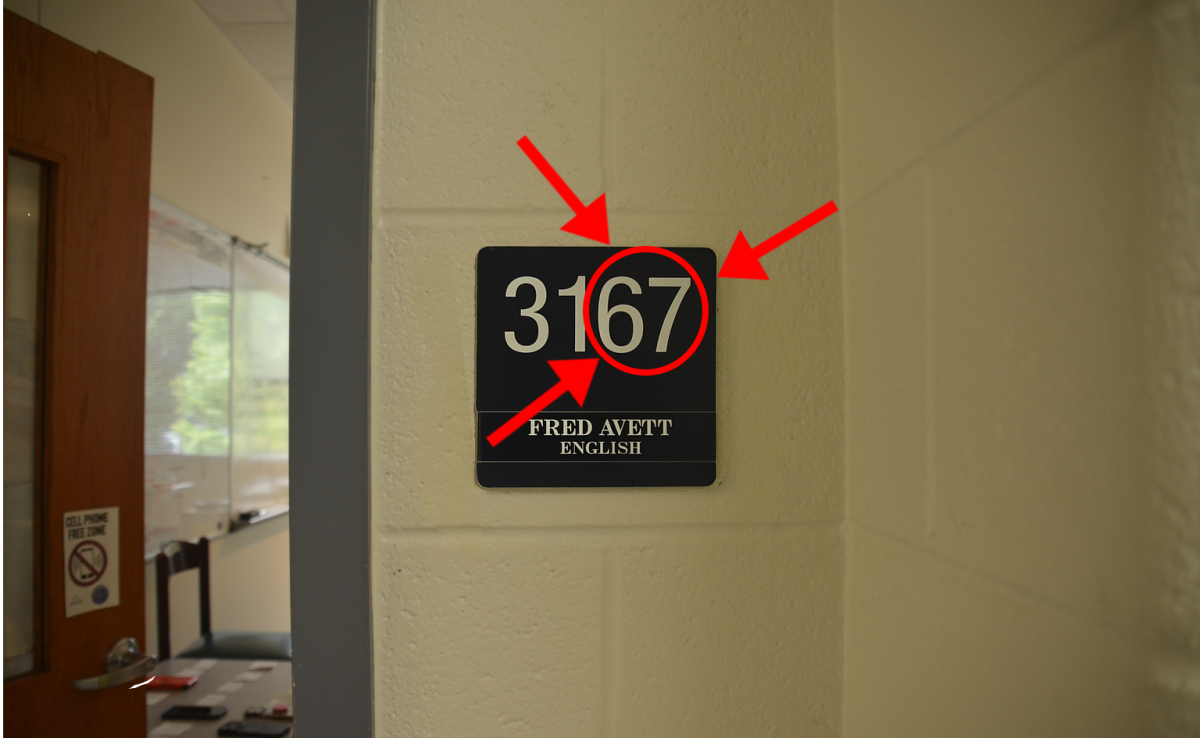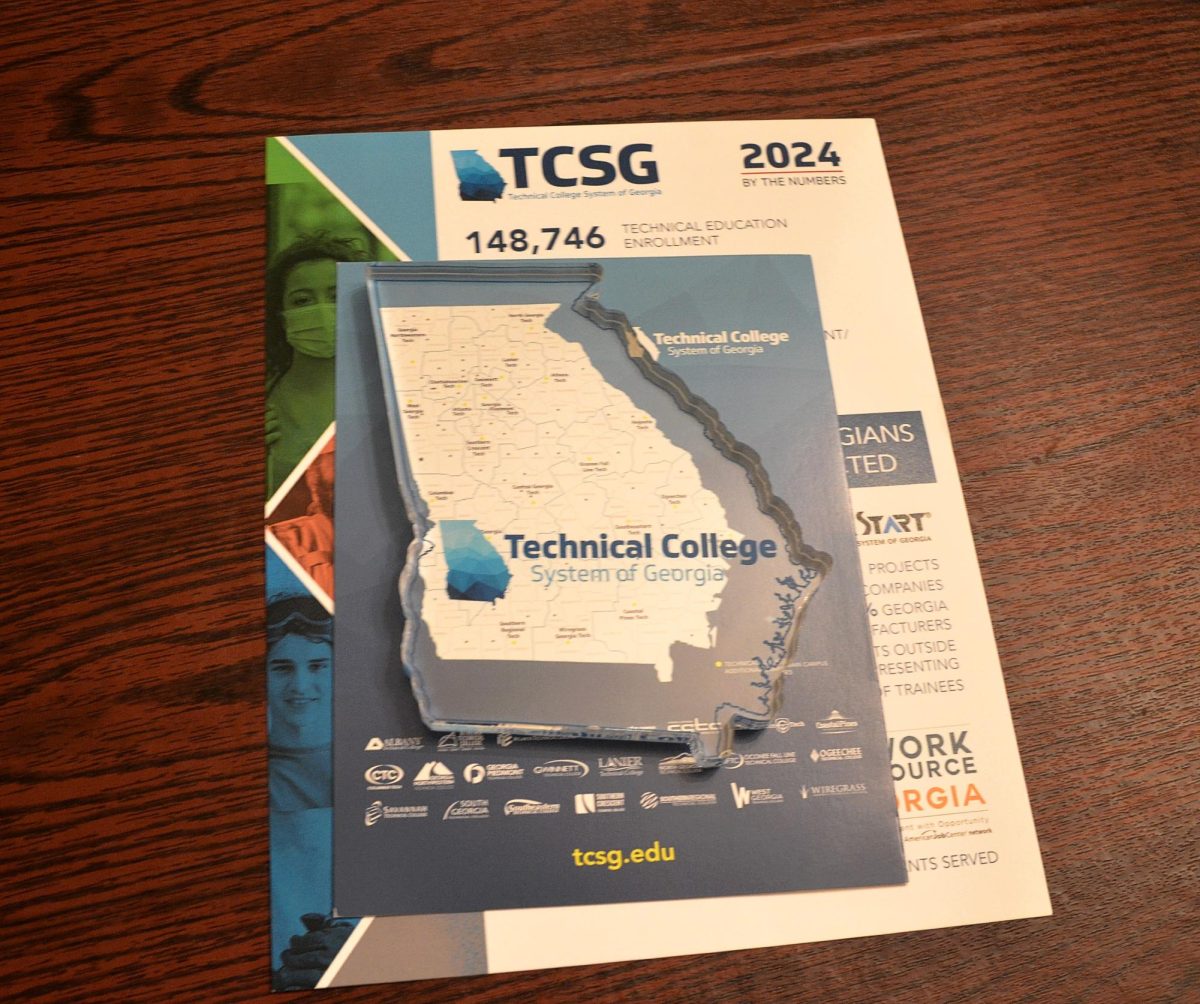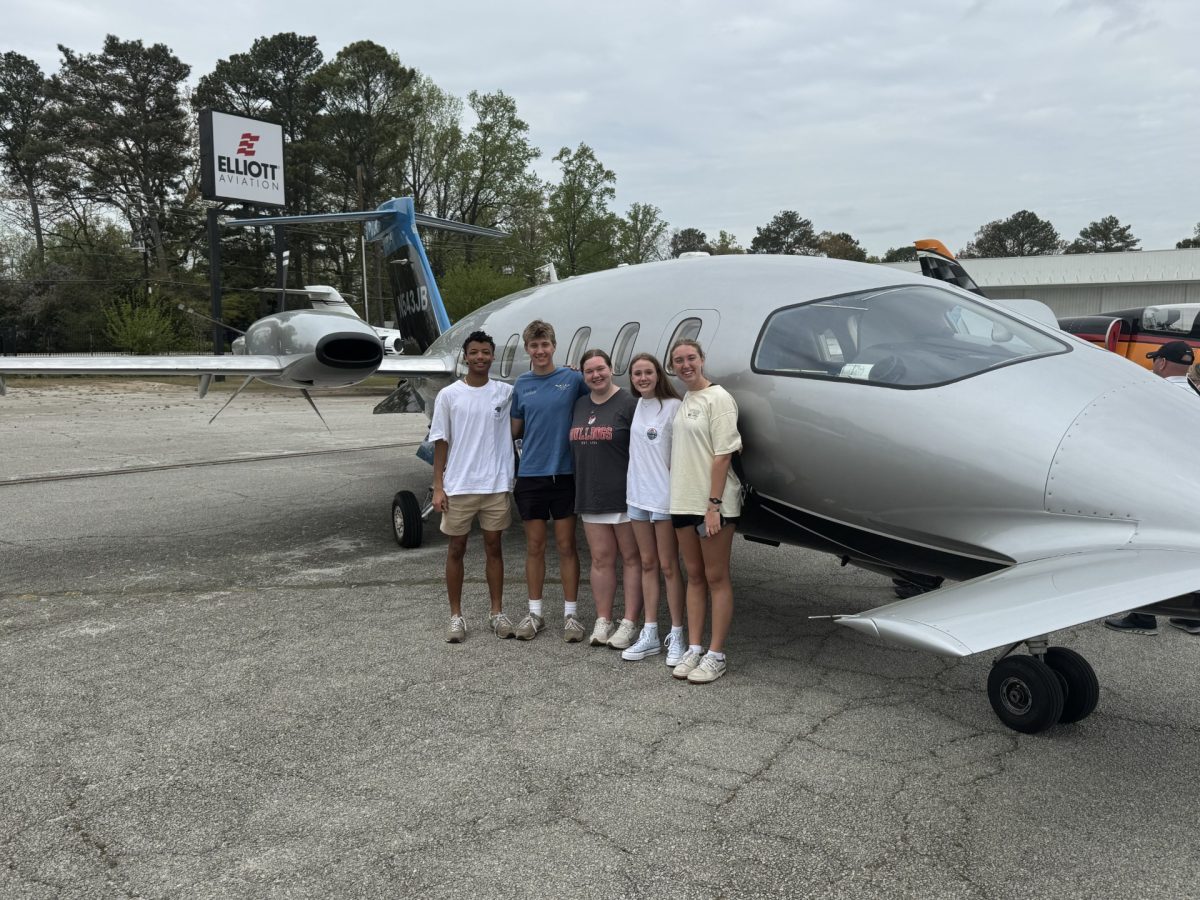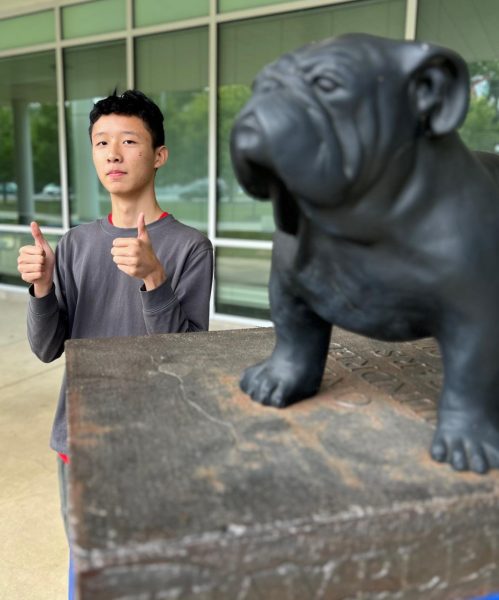“If I don’t sprint, I wait maybe 27 minutes for school lunch,” said Lamson Nguyen (’27).
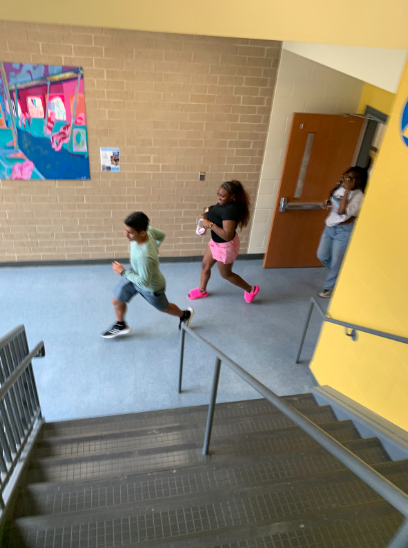
Unfortunately, this is the frantic reality that many Chamblee students must now face in pursuit of a meal. Once a leisurely break, lunchtime has transformed into a high-stakes race against the clock, with students dashing to the cafeteria just to secure their meal before the bell rings.
Zachary Rainisch (’27) recalls how the atmosphere of lunchtime has changed, observing how it has shifted from last year.
“I’ve noticed that the lunch lines are extending out into the cafeteria,” said Rainisch. “If I remember last year, it wasn’t like this.”
Many students now find it necessary to run to lunch. In addition to Nguyen, Coby Perez Lopez (’26) and Collins Crow (’27) also believed it was necessary to run to lunch, just to dodge the wait times.
In an era where dashing to the lunch line has become the norm, no one wants to end up at the back.
“[The people in the back] only get, like, five minutes to eat,” said Michael Chavajay (’25).
John Townsend, a manager of the school’s cafeteria, has also voiced his concerns on this matter.
“Nobody’s gonna have the same amount of time, but everybody should have almost the same amount of time to eat,” he said.
Various students have weighed in on potential solutions.
“They could open a third line for lunch…that would definitely speed it up,” said Jackson Hudnall (’27).
However, there is more than one way to solve a problem, as other students have their own ideas.
“We could have a D lunch,” said Lopez, referring to adding an additional lunch period. “Adding a lunch period does seem like it could fix some things,” said Rainisch, also referring to D lunch.
A fellow manager of the cafeteria has shared similar thoughts.
“One of the answers to the lunch line situation would be to possibly go to four lunches instead of three,” said Townsend, “and that would probably fix it.”
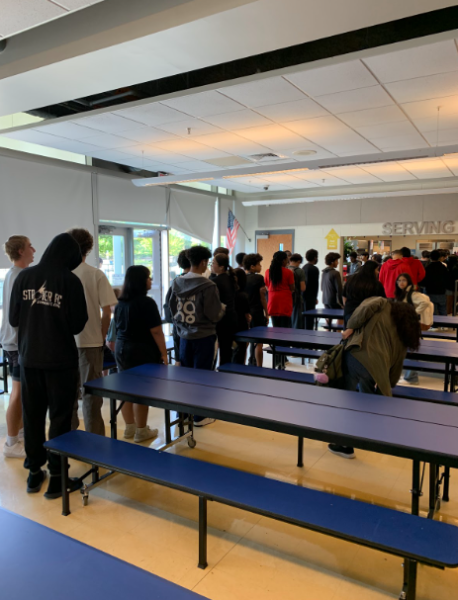
While there are several solutions that have been proposed to improve the situation, it’s important to acknowledge the challenges faced by the cafeteria staff as well.
“If there’s a staffing issue, it can be a long day. More work caused by this slows down production,” said Townsend.
Students have echoed Townsend’s concerns, sharing their own observations about understaffing’s impact.
“There’s so many students…it’s hard for the people that are working here,” said Rainisch.
To address the ongoing challenges, several students have proposed that hiring more employees could improve the lunch experience.
This sentiment was shared by Lopez, Nguyen, and Crow, who all agreed that increasing the number of workers would improve the situation.
Despite the ongoing challenges, some students have recognized sincere efforts from cafeteria management to improve the lunch experience.
“I think they’re already doing their best,” Rainisch noted.
In addition to Rainisch, Crow has left us with an optimistic statement about the management of the cafeteria.
In reflection of the commitment of our cafeteria staff, Crow added, “I think the new management of the line has been much better recently.”

